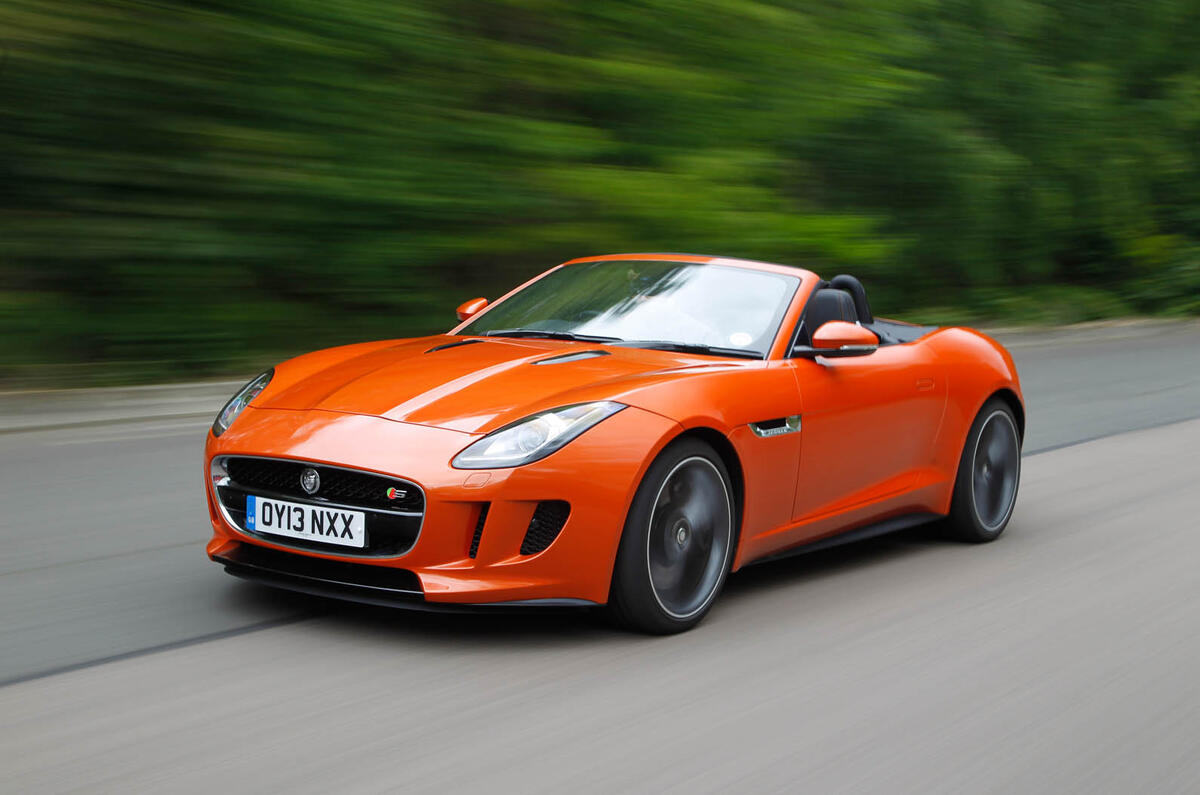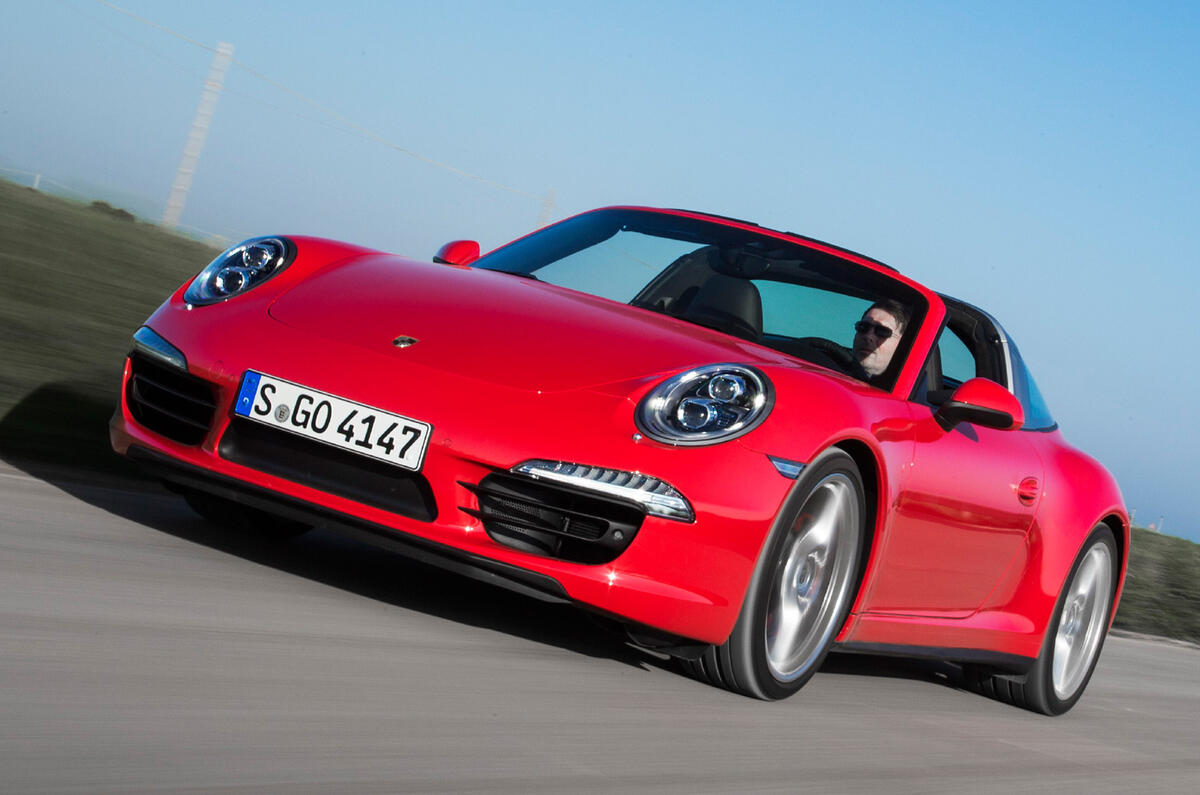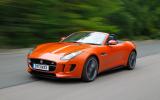We’ve been conducting a slightly unconventional test this week, between the Jaguar F-Type (a car we’re also running as a long-termer), and Porsche 911 Targa (which we’re not).
Full story to come later, but I just want to talk steering for a minute. The F-type, hydraulically assisted, steers well. I’ve grown to like its moves over the 15,000 miles I’ve driven this car, a lot of which have been along motorways. It’s not a system that’s loaded with feel, but there’s hardly any stiction, it moves easily and consistently, in slick, almost oily fashion.
But this morning I drove the Targa on a clear stretch of M40 and the difference between it and the Jaguar was extraordinary. The 911 feels nailed to straight ahead. I know from driving the 911 on twistier roads that, in general, I find its electrically assisted setup less fluid, incisive and satisfying than the F-type’s. But on a motorway it’s immense; requiring no thought, and no conscious correction, which makes it tremendously relaxing.
However else the 911 and Jaguar compare (the ride is comparable; the 911 has more tyre roar), the Targa’s intense straight-line stability makes it the less tiresome long-distance cruiser.
Both have variable-ratio steering racks, which are designed to be slower around the straight ahead than when you’ve plenty of lock engaged, for the precise reason that it makes the car feel more stable at high speeds. So why are they so different? Geography, I think.
Naturally, mechanical set-ups play their part, but all car companies make their steering systems feel precisely as they want to - so Jaguar could make its feel like Porsche’s if it chose, and vice versa. But they each choose not to because, while car development is a global business, in the nuances of dynamics and steering, geography still matters.
Jaguar’s preferred test routes in the final stages of ride and handling tuning and sign-off include lots of roads around Wales, where a driver’s required to make myriad steering inputs. Porsches, meanwhile, are signed-off in Germany and not without heavy doses of high-speed autobahn running. And in the way that both cars do things, those kind of decisions seep through to your consciousness.
You can feel what each car’s engineers wanted to achieve, how they wanted the car to feel. And it’s that visible humanity and character which separates cars from fridges, or televisions, or buses, or other appliances. And, frankly, I think that’s flipping marvellous.
Oh, and which is better? Well, inevitably, it rather depends where you live and drive. Which would you have?







Join the debate
Add your comment
Do you think your opinion
Jag ~ every time
if you think that jaguar did its best I have a brdige to sell u
F Type steering feel
Well Said easy debt